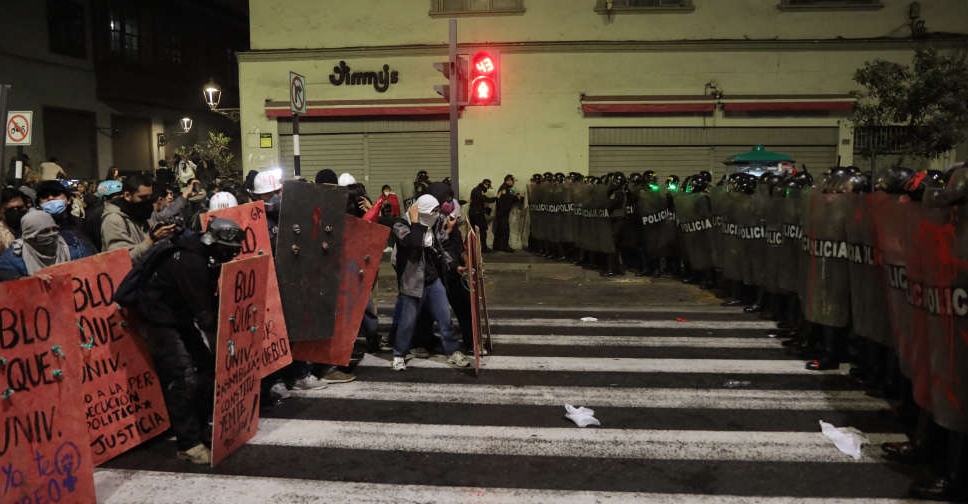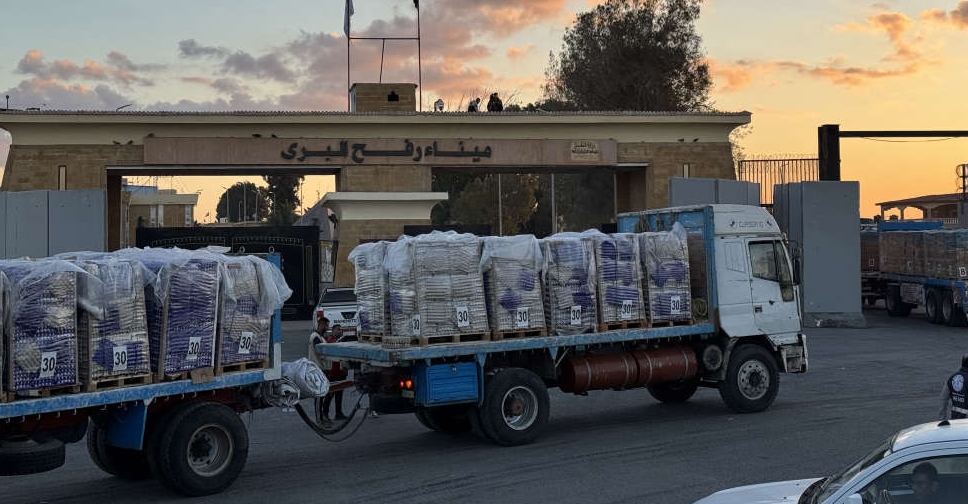
Taiwan mobilised nearly 40,000 troops to bolster rescue efforts as the powerful Typhoon Krathon approaching its populous southwest coast is expected to bring a storm surge, while the coast guard raced to locate 19 sailors who abandoned ship.
Taiwan regularly gets hit by typhoons but they generally land along the mountainous and sparsely populated east coast facing the Pacific, but this one will make landfall on the island's flat western plain.
Krathon is forecast to hit the major port city of Kaohsiung on Wednesday morning, then work its way across the centre of Taiwan heading northeast and cross out into the East China Sea, the Central Weather Administration (CWA) said.
Kaohsiung, home to some 2.7 million people, declared a holiday and told people to stay at home as Krathon, labelled a super typhoon by the US Navy's Joint Typhoon Warning Center, approached.
A forecaster for Taiwan's Central Weather Administration, Li Meng-hsiang, said the storm has reached its maximum intensity and could weaken slightly as it moves closer to Taiwan, warning of gusts of more than 150 kph (93 mph) for the southwest.
"The storm surge might bring tides inland," Li said. "If it's raining heavily it will make it difficult to discharge waters and as a result coastal areas will be subject to flooding."
Taiwan's defence ministry said it had put more than 38,000 troops on standby, as Kaohsiung residents made their own preparations.
Off the southeast coast, Taiwan's coast guard dispatched a boat to rescue 19 sailors from the cargo vessel Blue Lagoon who were forced to abandon ship as it took on water in its engine room, with a rescue helicopter having to turn back due to the wind and rain.
The coast guard said the crew consisted of seven Ukrainians, nine Egyptians and three Russians, which had set off from China's Caofeidian port for Singapore.
The transport ministry said 85 domestic flights and nine international ones had been cancelled for Wednesday, with boats to outlying islands also stopped.
The rail line connecting southern to eastern Taiwan was closed, though the north-south high speed line was operating as normal, albeit with enhanced safety checks for wind and debris.
In Kaohsiung, most shops and restaurants pulled down their doors and shutters, and traditional wet markets shut with streets mostly deserted.
At a building in Siaogang district, home to the city's airport, residents practiced how to rapidly set up metal barriers to stop water flooding into the underground parking lot.

 India to force drugmakers to upgrade plants after fatal cough syrup crisis
India to force drugmakers to upgrade plants after fatal cough syrup crisis
 1 dead, dozens injured as Peru's new president faces widespread protests
1 dead, dozens injured as Peru's new president faces widespread protests
 Venezuela asks UN Security Council to say US strikes illegal
Venezuela asks UN Security Council to say US strikes illegal
 Labour unions sue US over monitoring social media of visa holders
Labour unions sue US over monitoring social media of visa holders
 Israel, Hamas trade blame over truce violations ahead of Rafah border reopening
Israel, Hamas trade blame over truce violations ahead of Rafah border reopening




